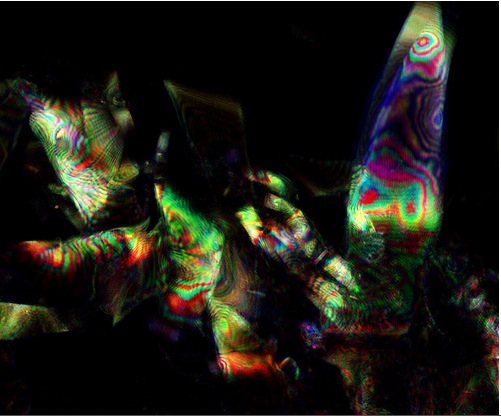Team:Cambridge/Protocols/Confocal Microscopy of Loligo Eye and Mantle Dermis Samples
From 2011.igem.org
Confocal Microscopy of Loligo Eye and Mantle Dermis Samples
Theory
Confocal microscopy uses a pinhole aperture to direct light to a small region of a sample. Illuminating one small point at a time reduces the scattering of light which would normally obscure an image. Light is collected via another pinhole. This second pinhole further enhances the image because it only permits the entry of light that is directly from the focal point. Due to the punctate nature of the imaging process, images must be reconstructed, in modern confocal microscopes a computer assembles the array of pixels into an on screen image. As described above we set the microscope to collect light reflected from the sample as we were searching for iridescence in the samples.
Practice
Samples were dissected from fresh Loligo vulgaris squid using disposable samples and razor blades. These were mounted on glass microscope slides with PBS and cover slips.
The confocal microscope was set to capture reflected light (the receiver wavelengths encompassed the incident laser light) and incident beams of 405nm, 488nm, 561nm and 633nm were used. Paul Grant optimised the settings and the images were overlaid. (File name - 19711 squid iridescence 11 will recall the settings used)
We are very grateful to Fernan Federici who helped us, taking this image using the 405nm, 488nm, 633nm laser beams and with the pinhole opened to a wider aperture.
Safety
The main dangers to be aware of are scalpels, glass slides and the laser within the microscope.
Disposable scalpels were used, which are easily disposed of in the yellow sharps bins in the labs. Broken glass should be reported to the lab manager and carefully brushed up and disposed of in the allocated glass bin. The laser is only dangerous when the filter block is being rotated, so the operator of the microscope should inform anyone when this is occuring and make sure no one is looking at the eye-pieces when the filter blocks are changed. Using the computer monitor for observation eliminates the risk of eye damage from the lasers.
 "
"

